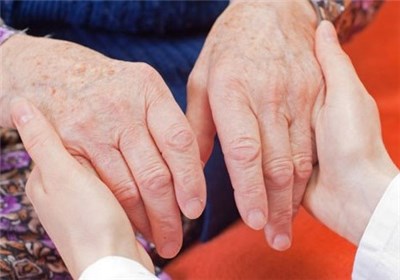Diabetes Medicine Helpful in Treating Parkinson’s

According to the Parkinson’s Disease Foundation:
“Parkinson’s disease (PD) is a chronic and progressive movement disorder, meaning that symptoms continue and worsen over time. Nearly one million people in the US are living with Parkinson’s disease. The cause is unknown, and although there is presently no cure, there are treatment options such as medication and surgery to manage its symptoms.”
“Parkinson’s involves the malfunction and death of vital nerve cells in the brain, called neurons. Parkinson’s primarily affects neurons in an area of the brain called the substantia nigra. Some of these dying neurons produce dopamine, a chemical that sends messages to the part of the brain that controls movement and coordination. As PD progresses, the amount of dopamine produced in the brain decreases, leaving a person unable to control movement normally.”
“Parkinson’s disease is primarily a disease that effects a person’s motor skills. The severity of symptoms can vary from individual to individual and with age, the four primary symptoms are:”
- Tremors – generally noticed in the hands, but can also effect the arms, legs, jaw and face.
- Rigidity – the arms, legs and trunk of the body can become rigid at times, not wanting to bend or move.
- Bradykinesia – movements become slower and less automatic.
- Instability – balance and coordination become unstable.”
Parkinson’s disease is the second most common neurodegenerative disease throughout the entire world.
On April 11, 2017, it was reported that physical activities like water boxing are helpful in working with people suffering from Parkinson’s disease.
The National Parkinson Foundation lists the following treatment options for people with Parkinson’s disease:
· Medications that treat motor symptoms – Most of the motor symptoms associated with Parkinson’s disease have been linked to a lack of naturally produced dopamine in the brain. Many of the medications used to treat PD motor symptoms either replenish dopamine or they mimic the properties of dopamine.
· Surgery – Surgery is generally used only after medications fail to control the many symptoms. Forms of surgery include deep brain stimulation, thalamotomy, pallidotomy, or subthalamotomy.
· Exercise – PD patients who exercise a minimum of 2.5 hours a week generally see their progression slowed down. Types of exercises recommended include flexibility, aerobic and resistance/strengthening.
· Complementary medicine – These are classified as herbs, supplements and vitamins. There are many out there in the market place with various claims, but caution is recommended as some of these may counter prescribed medications. Additionally, there is no federal regulation of many of these, so it’s best to be cautious and investigate each one you or your loved one is considering.
However, a new study is suggesting that a drug used to treat diabetes has helped in treating people with Parkinson’s disease.
“The diabetes drug exenatide (Byetta) may do double duty as a treatment for Parkinson’s disease, a new study suggests.”
“‘This is a very promising finding, as the drug holds potential to affect the course of the disease itself, and not merely the symptoms,’ said senior study author Tom Foltynie, from University College London’s Institute of Neurology.”
“‘With existing treatments, we can relieve most of the symptoms [of Parkinson’s] for some years, but the disease continues to worsen,’ he said in a university news release. ‘This is the strongest evidence we have so far that a drug could do more than provide symptom relief for Parkinson’s disease’.”
Further clinical testing of exenatide is needed, but the preliminary study is offering a ray of hope in an otherwise cloudy world of a disease with no known cure.








Recent Comments